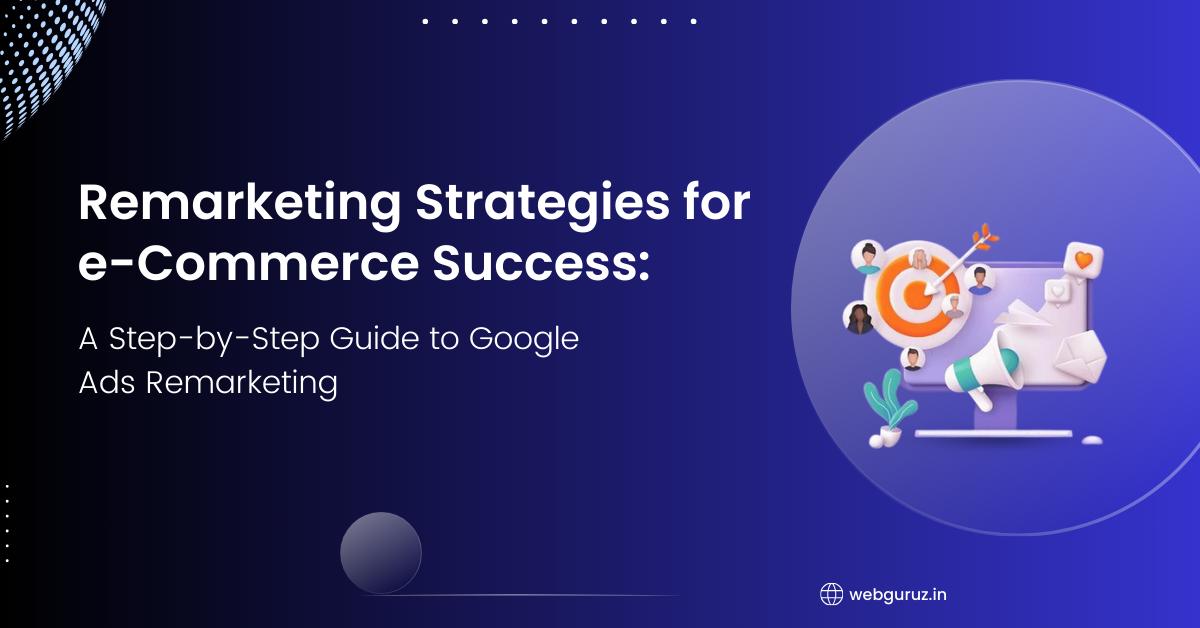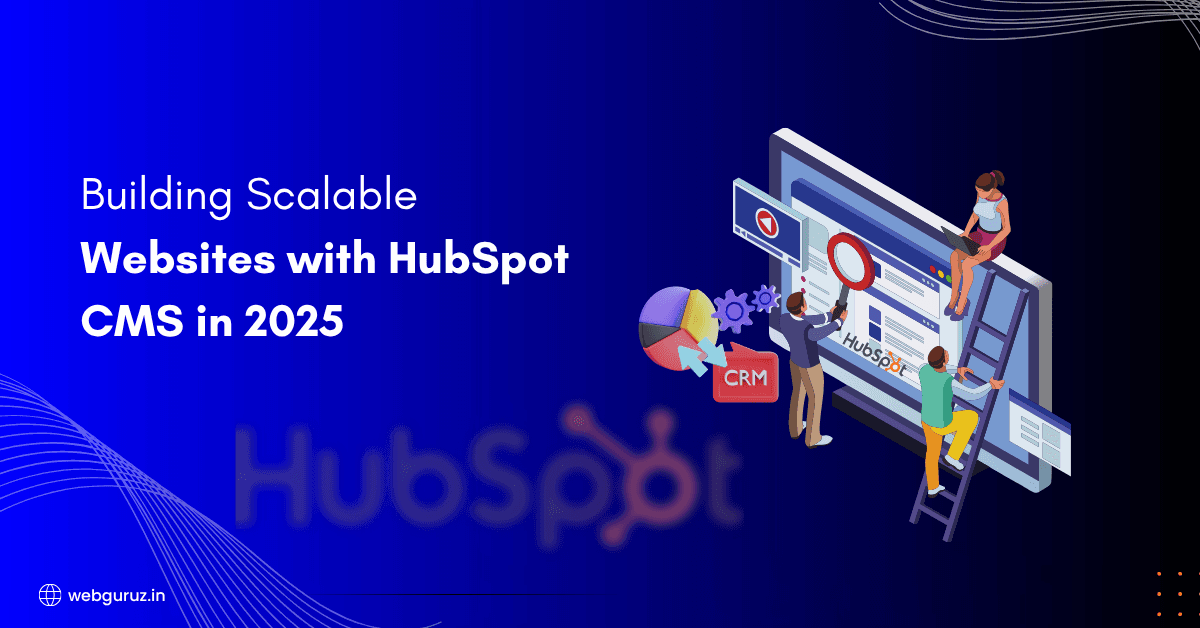Monitoring and optimizing your Google Ads remarketing campaign is crucial for driving better results and increasing your conversion rates. Here are some best practices to help you effectively monitor and optimize your campaign:
1. Track Key Metrics
Track key metrics such as click-through rates, conversion rates, and return on ad spend to gain insights into the performance of your remarketing campaign. Use Google Ads’ reporting features to analyze the data and identify areas for improvement. Continuously monitor these metrics to track the progress of your campaign and make data-driven decisions.
2. Set up Conversion Tracking
Implement conversion tracking to measure the effectiveness of your marketing campaigns. Put simply, conversion tracking is how you can track and quantify the actions people take on their website after they have clicked on their ads. Conversion can be any action that a user takes that you want to measure. It may be tracking purchases and add-to-carts for e-commerce businesses. Conversion Rate is calculated by dividing the number of conversions by the sum of clicks received. Conversion tracking gives you visibility of your conversion rates and where your conversions are coming from. Once you have these insights, you can use them to optimize your ad campaigns.
3. Adjust Bidding Strategies
Bidding strategies are crucial in determining how much you’re willing to pay for ad placements. By closely monitoring the performance of different audience segments, you can make informed adjustments to your bidding strategy. For instance, if you find that a particular segment of your audience tends to have a higher conversion rate or lifetime value, you may want to bid more aggressively to ensure your ads are shown to this valuable group. Conversely, for segments that show lower engagement or conversion rates, you might choose to allocate a lower bid to maximize your budget’s efficiency.
4. Refine Ad Creatives
Ad creatives are the face of your remarketing campaign. Testing different elements such as ad formats (text, image, video), messaging, and visuals is essential to understand what resonates best with your audience. A/B testing allows you to systematically compare different versions of your creatives. This process helps you identify which combinations of elements perform better, ultimately leading to more effective ads. By refining your creatives, you increase the likelihood of capturing your audience’s attention and driving them to take the desired action.
5. Optimize Landing Pages
The landing page is where users land after clicking on your ad. The page must provide a seamless and relevant experience. Ensure that the landing page content aligns with the ad’s message and that it’s easy for users to find the information they’re looking for. A well-optimized landing page can significantly improve conversion rates, as users are more likely to complete the desired action when they have a positive and intuitive experience. Elements like clear calls-to-action, fast loading times, and mobile responsiveness are all factors to consider when optimizing landing pages.
6. Stay Up-to-Date with Google Ads Features
Google Ads is a dynamic platform that frequently introduces new features, targeting options, and tools. Staying informed about these updates is essential for keeping your remarketing strategy competitive and effective. New features can provide additional opportunities for audience targeting, ad formats, and optimization techniques. By staying up-to-date, you can leverage the latest advancements to enhance the performance of your campaigns and potentially gain a competitive edge in your industry.
7. Regularly Test and Iterate
The digital advertising landscape is constantly evolving, and what works today may not be as effective tomorrow. That’s why it’s crucial to adopt a mindset of continuous testing and iteration. Experiment with different strategies, ad formats, targeting options, and messaging to discover what resonates best with your specific audience and aligns with your campaign goals. By regularly testing and iterating, you can adapt to changing consumer behaviour and market trends, ultimately driving better results for your remarketing efforts.
Best practices for Google Ads Remarketing in e-commerce?
Remarketing can be a powerful tool for increasing sales, but it is important to monitor and optimize your Google Ads remarketing campaign to ensure maximum effectiveness.
1. Segment Your Audience
To effectively target your ads, it is crucial to segment your audience based on their behaviour and interests. By creating specific audience segments, you can tailor your ads to be highly relevant and enticing to each group. Consider segmenting based on factors such as product category, purchase history, or engagement level on your website.
2. Set Frequency Caps
While remarketing is effective, bombarding potential customers with too many ads can be counterproductive. Set frequency caps to limit the number of times your ads are shown to each individual within a specific time frame. This will help prevent ad fatigue and ensure that your ads are seen as a helpful reminder rather than an annoyance.
3. Optimize Ad Creative
The success of your remarketing campaign relies heavily on the quality and relevance of your ad creative. Use compelling visuals, engaging copy, and strong calls to action to grab the attention of your audience. Test different variations of your ads to see what resonates best with your target audience, and make adjustments accordingly.
4. Monitor Ad Performance
Regularly monitor the performance of your remarketing ads to identify what is working and what needs improvement. Track key metrics such as click-through rates, conversion rates, and return on ad spend (ROAS). Use this data to optimize your campaign by adjusting bids, targeting, or ad creative to maximize results.
5. Utilize Dynamic Remarketing
Dynamic remarketing takes personalization to the next level by showing potential customers the exact products they viewed on your website. By dynamically generating ads based on their browsing history, you can increase the chances of conversion. Ensure that your product feed is up to date and optimized for dynamic remarketing to make the most of this powerful feature.









